TVGS
Schedule I review
Every so often, a game emerges that completely rewires your expectations. "Schedule I" challenges the very notion of routine, immersing players in a reality where perception is just as hazardous as action. Approaching this title as an experienced gamer, I found myself continually surprised—sometimes confounded, often awestruck. Let’s dissect what makes this genre-bending labyrinth worth the download, how it manages to remain so addictive, and where it occasionally stumbles.
Initial Impact: An Invitation to the Unknown
Upon your first play, "Schedule I" greets you with its surreal, sterile aesthetic—washed-out colors, deliberately distorted sound, cryptic prompts. Compared to mainstream titles, it possesses a raw edge, reminiscent of early experimental projects but with unmistakable sophistication beneath the surface. The game encourages you to look beyond the obvious, drawing you into mysteries both environmental and psychological before you’ve even completed the initial install.
Mechanics, Puzzles, and Threats
Essentially, you navigate a sequence of increasingly bizarre environments from a first-person perspective. Each chamber offers a set of nonlinear objectives: bypass security routines, assemble clues from scattered notes, decrypt corrupted audio logs, and unlock passageways through lateral thinking. The default gameplay rewards patience and an eye for detail. What distinguishes "Schedule I" from similar puzzle-survival hybrids is its willingness to break internal logic, even prompting players to exploit vulnerabilities purposefully built into the structure.
Whether you’re combing through code in the game’s own terminal interface, or leveraging community-contributed cheats and mods, there’s almost always a way to circumvent a dead-end—but nothing is ever handed to you for free. On more than one occasion, I found myself marveling at how naturally cheats and mods are incorporated into the overall puzzle ecosystem, rather than taboo shortcuts.
Atmosphere: Auditory Distortion and Digital Dread
"Schedule I" doesn’t just mess with your mind through gameplay—it uses every tool in its arsenal. Visually, there’s an inspired use of retro-inspired polygonal environments, constantly shifting overlays, and flickering screens that hint at deeper, hidden processes. On certain platforms, particularly if you play through an emulator or cloud service, subtle variances in graphics and audio reinforce a sense that reality here is unstable and deeply personal. The soundscape leans hard into analog distortion, blending industrial noise with meandering musical cues that can sometimes be unsettlingly beautiful.
Every element, from chilling echoes in empty corridors to the barely-audible digital artifacts, serves to unify the chaotic theme: you never quite know what’s real or simulated. The game’s performance remains stable, even as the visuals spiral into increasingly baroque weirdness. Whether you install on a high-end gaming PC, a budget laptop, or an adventurous Android emulator session, this atmospheric integrity holds.
Replay Value: The Allure of the Unknown
What keeps you coming back to "Schedule I" isn’t just the urge to achieve closure—it’s the layered mysteries, both mechanical and narrative, begging to be picked apart and rearranged. The inclusion of mods and sanctioned cheats isn't just an afterthought but a core pillar of longevity. Every return trip feels slightly different, with new variables ready to throw your strategy off course or unlock segments you never previously found.
For example, community-created mods might introduce alternative puzzles, visual overhauls, or even branching plotlines, testing your adaptability and perception each time you download fresh content. Online, players collaborate to archive every deviation and possibility, ensuring the experience remains dynamic well past any conventional single-player title. When coupled with the developer’s transparent support for unblocked access and alternative playstyles, the replayability factor is off the charts.
Accessibility, System Requirements, and Platform Support
One of "Schedule I’s" unsung strengths is how effortless it is to access. The game is distributed as a free download, with a frictionless install process amenable to most PCs. You don't need top-shelf hardware: a recent dual-core processor, onboard or basic discrete GPU, and at least 4 GB RAM suffices. For Mac and Android users, emulator pathways provide additional—if slightly less polished—routes to play, with only minor graphical and audio discrepancies.
Console players, unfortunately, will have to wait or experiment with cloud streaming workarounds. While performance hardly suffers, some mods requiring heavier processing may push lower-end setups toward their limits, but these instances are rare. For users in controlled or restricted environments, "Schedule I" offers unblocked access options, and community guides thoroughly document reliable install techniques for circumventing institutional firewalls.
Cheats and Mods: Not Just an Afterthought
In many games, cheats and mods remain relegated to the fringes, discouraged or outright forbidden in the name of balance and fairness. Here, however, they function as gateways to alternative routes through the experience. Whether you install a utility mod for easier navigation, or activate a community-produced content expansion, you’re not just sidestepping challenge—you’re often rewriting your own involvement in the narrative’s unraveling.
The developer maintains a vibrant repository of official and community-vetted mods, making experimentation safe and straightforward. Thanks to a modular system, most additions are plug-and-play, requiring no deep technical intervention. If you crave a constantly evolving, collaborative play experience, "Schedule I" delivers on every front.
How to download Schedule I and Platform Details
Schedule I is offered as a free digital download via the official website and select indie game repositories. It’s fully compatible with Windows PCs; Mac and Android users can play after installing approved emulators, but consoles are unsupported as of now. Begin by navigating to the official source, then download and install the main launcher—setup is quick and self-explanatory. Minimum requirements are modest: at least a dual-core processor, 4GB RAM, and integrated graphics. Mods and cheats are fully embraced and accessible through the in-game mod portal and official forums, with clear guidelines for compatibility. While most school and work settings allow unblocked access, some networks may require VPN usage or trusted mirrors to facilitate uninterrupted play.
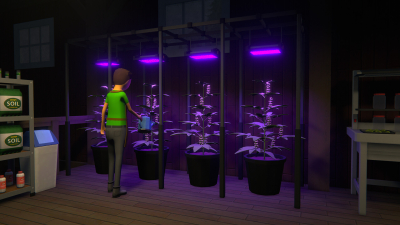
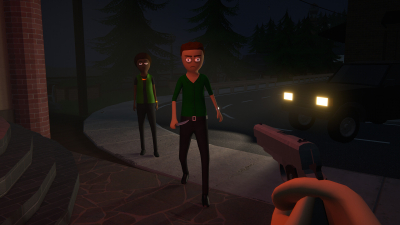
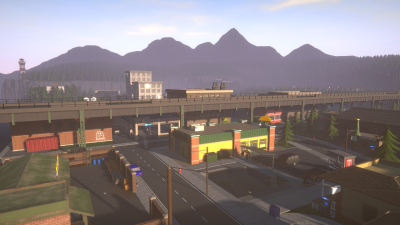
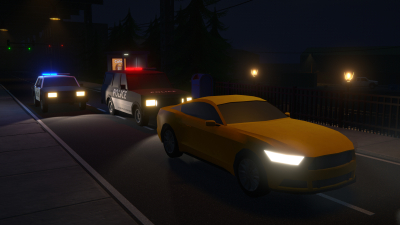
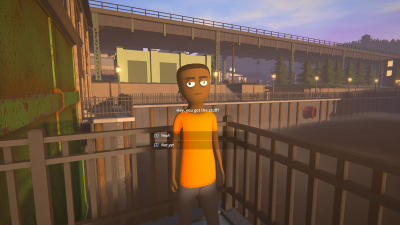

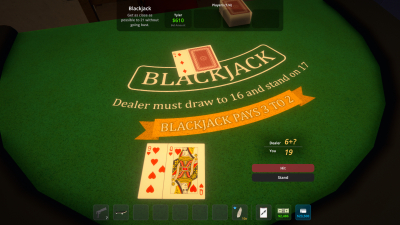
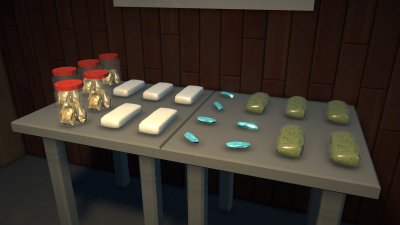
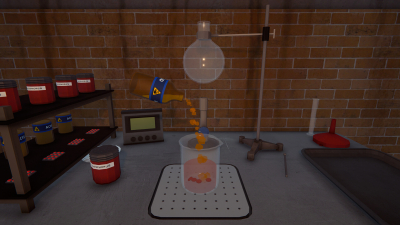
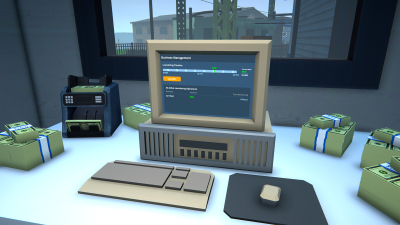
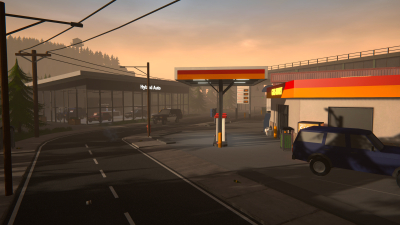
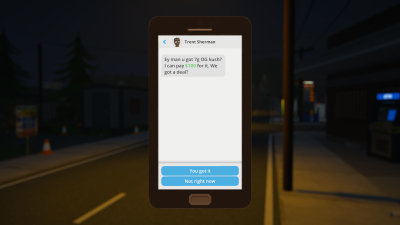
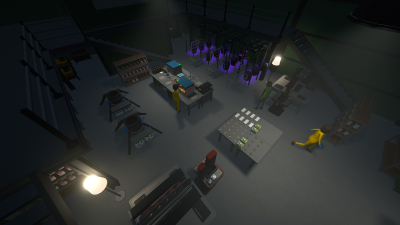
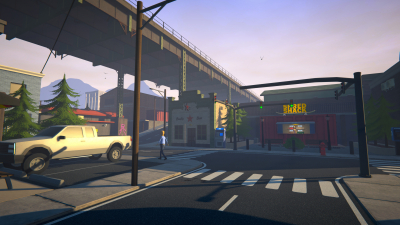

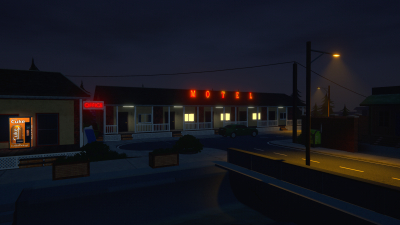
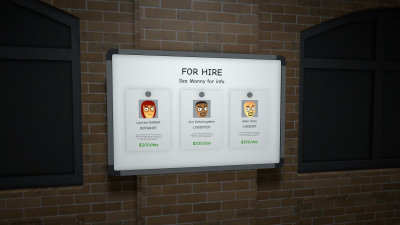
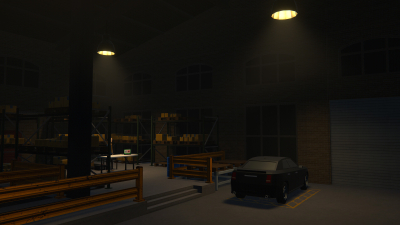
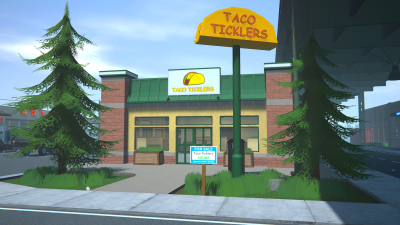
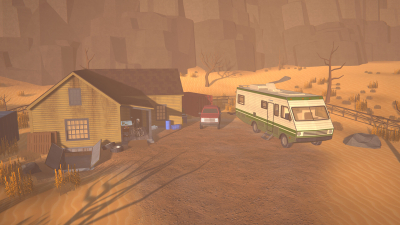
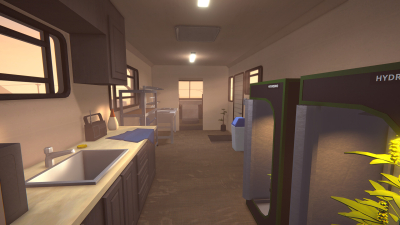





























Leave a comment
Your comment is awaiting moderation. We save your draft here
0 Comments